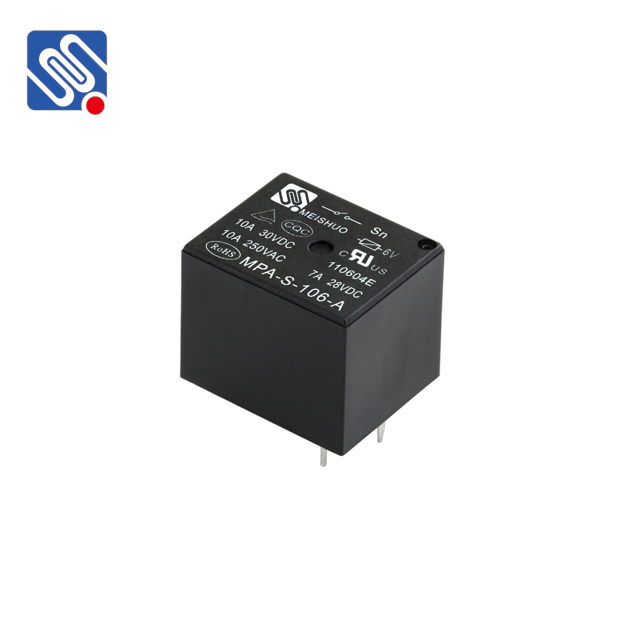Relays are essential components in electrical systems, acting as switches that allow one circuit to control another. Whether used in home appliances, industrial machines, or automotive systems, relays are everywhere. One of the most important specifications when selecting a relay is its current rating, which determines how much current the relay can safely handle without risking damage. This article explores the concept of relay current ratings, including key factors that influence these ratings and how to choose the right relay for a specific application.

What is a Relay Current Rating? The current rating of a relay is a measure of the maximum amount of electrical current the relay’s contacts can carry without being damaged or deteriorating over time. When a relay switches on (i.e., when it closes its contacts), the current rating indicates the highest amount of current that can pass through without causing harm to the internal components, such as the contacts. If the relay is exposed to a current beyond this rating, it could overheat, arc, or even fail completely, rendering the relay inoperable. Types of Current Ratings Relay current ratings are generally specified for both AC (alternating current) and DC (direct current) systems, as the behaviors of AC and DC currents differ significantly. The key differences between these two types of currents are crucial for understanding why relays have separate ratings for each:
Leave a Reply
You must be logged in to post a comment.